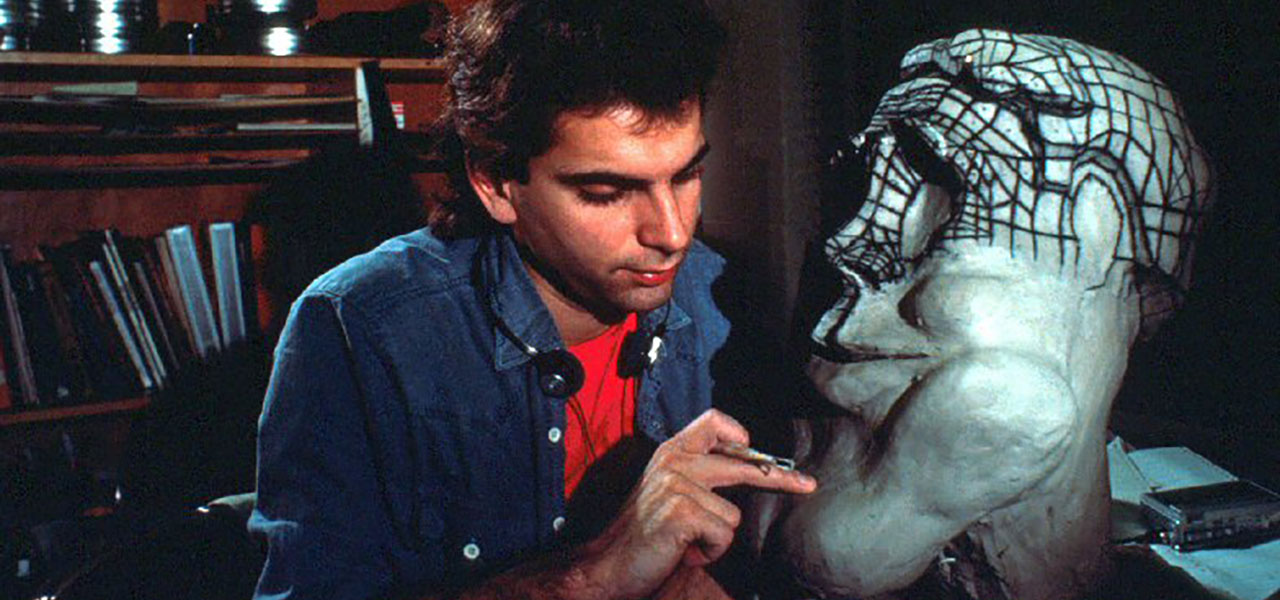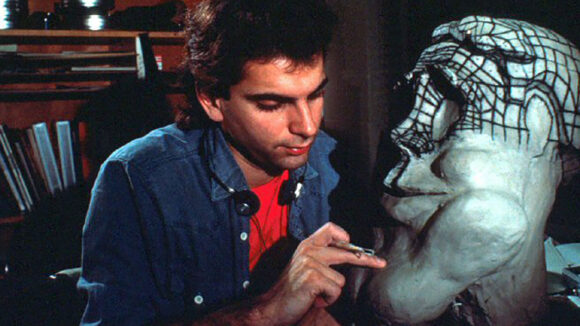

Multiple People In Custody After Softimage Founder And Computer Graphics Pioneer Daniel Langlois Found Dead In Dominica
Daniel Langlois, a pioneering figure in the computer animation industry, was found dead last weekend on the Caribbean island of Dominica. His body was discovered in a burned-out vehicle alongside his partner, Dominique Marchand. Police are treating their deaths as “potential homicides.”
Langlois and Marchand owned the luxury eco-hotel Coulibri Ridge on the island. Police believe the couple were ambushed and shot, with their car subsequently catching on fire after plunging down a ravine.
At least four people have either been taken in for questioning or are in custody, including a couple from New Jersey, Jonathan and Victoria Lehrer, who operated a nearby chocolate plantation. Langlois was engaged in litigation against the Lehrers, who had denied access to the public road that led to Langlois’s resort.
Langlois and Marchand played an important role in the community, according to Soufriere village politician Denise Charles-Pemberton, who told a state-owned radio channel:
These last few days have been incredibly heavy for our constituency. To lose two members of our community, who have been at the heart of its development and its sense of spirit and togetherness is something that we have struggled to put into words. Daniel and Dominique may be known for their world-renowned eco-resort in the village but to the people of the Soufriere constituency and to me, they were kind, loving and truly community oriented. They loved the people of our constituency dearly and had great plans in place for its development. I remember after Hurricane Maria devastated us, I called a meeting and invited every group, council and developer to put a plan forward for rebuilding. Daniel and Dominique remained committed, offering help whenever approached, especially supporting conservation and sustainability projects.
After Hurricane Maria in 2017, a foundation run by Langlois had funded the reconstruction of the local primary school and a jetty.
Born in 1957 in Quebec, Canada, Langlois earned a Bachelor’s Degree in Design from the Université du Québec à Montréal (UQAM). He started his career working at various animation studios in Montreal including the National Film Board of Canada (NFB), where he contributed to the technical production of René Jodoin’s digitally-animated Rectangle & Rectangles (1984).
“He explored and redefined the boundaries of computer animation [at the NFB], before his extraordinary, innovative spirit led him to create technologies that would revolutionize filmmaking,” Suzanne Guèvremont, president of the National Film Board of Canada, said in a statement. “We will always remember his immense generosity and the importance he placed on education and supporting emerging talent. His contributions to the world of cinema were incalculable.”
Another key project to which Langlois contributed was the 1985 film Tony de Peltrie, which was an ambitious early attempt at dialogue and human animation in cg. The film was a sensation at the SIGGRAPH computer graphics conference. Time magazine said the filmmakers “may have achieved a breakthrough: a digitized character with whom a human audience can identify.” John Lasseter, who was a judge at SIGGRAPH that year, said at the time: “Years from now Tony de Peltrie will be looked upon as the landmark piece, where real, fleshy characters were first animated by computer.”
After Tony de Peltrie, Langlois animated the NFB film Transitions, which was the first example of stereoscopic 3d computer animation in IMAX format. The film was presented at the Canada Pavilion of Expo 86 in Vancouver, where it was seen by 1.75 million people over six months.
Frustrated by the state of computer graphics software, Langlois came up with the idea of making his own. He founded Softimage in 1986.
“It’s a classical story,” Langlois told a tv reporter in 1994. “I was the artist that was not happy with the tool that was put in front of him. [I] tried to talk to other companies to build those tools and they didn’t understand what I was talking about because most of them were pure engineer. So I decided to create the tools myself. That’s the idea behind the company, and behind the success of the company also, because as a user, I was able to define the tools the way they should be made for users.”
In 1991, Softimage became the first cg software package to introduce inverse kinematics, which helped make it the most dominant cg animation packages of the early and mid-Nineties. Industrial Light & Magic quickly applied Softimage’s new IK features for the dinosaurs in Jurassic Park. Other iconic visual effects-heavy productions of the period that made use of Softimage include Titanic, The Mask, Independence Day, Men in Black, The Matrix, The Fifth Element, Jumanji, Flubber, and Death Becomes Her. George Borshukov, who helped develop the “bullet time” effect in The Matrix, said that without Softimage’s software, the effect “just wouldn’t have been possible.”
Langlois sold the company to Microsoft in 1994 for $130 million. The company was later owned by Avid Technology from 1998-2008, and afterwards by Autodesk, which discontinued the software in 2015. The video below is a solid history of Softimage, explaining what made it special and how it changed over the years as ownership changed hands.
Langlois received much recognition in his lifetime for his achievements including a Scientific and Technical Oscar as well as honorary doctorates from Université de Sherbrooke, McGill University, Concordia University, UQAM, and Ottawa University. In 1999, he was appointed Knight of the National Order of Québec and named Officer of the Order of Canada the following year during which he also was named Personnalité Arts-Affaires of the city of Montreal. Just last month, the government of Dominica awarded Langlois a Meritorious Service Award.
After leaving Softimage in 1997, Langlois established the private, philanthropic charitable Daniel Langlois Foundation, which “seeks to bring art and science closer together within a technological context on two levels: first, by nurturing a critical awareness of technology’s impact on ourselves and on our natural and cultural environments and second, by promoting scientific research and the exploration of aesthetics reflecting the environments that we shape.”
Photo at top: Langlois working on Tony de Peltrie in 1984.
